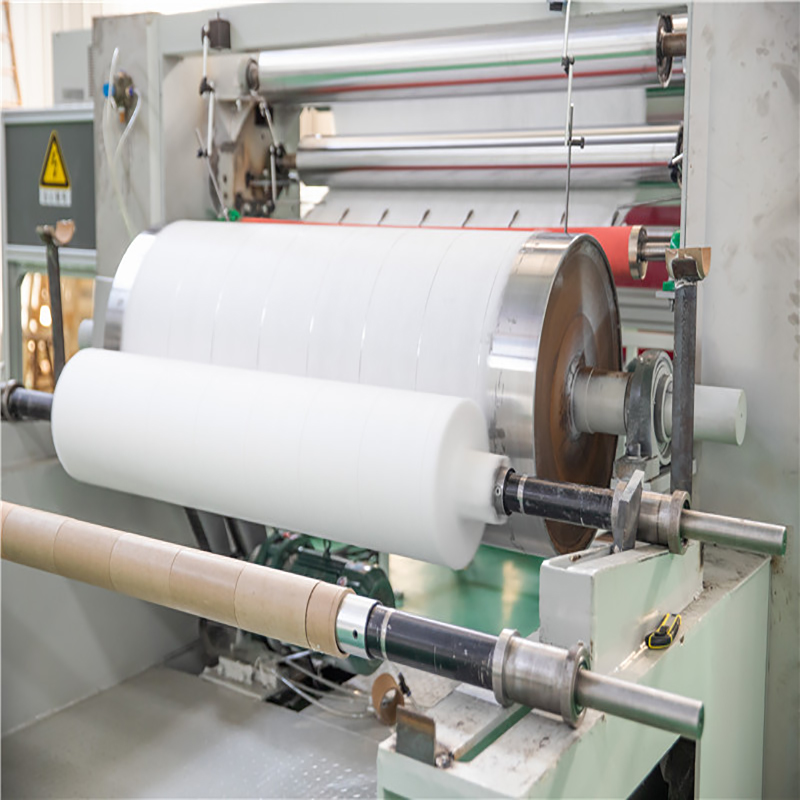ПП (полипропилен) spunbond nonwoven fabric is widely used in applications like wipes, hygiene products, filtration media and geotextiles due to its strength, absorbency and breathability. PP spunbond machines manufacture this nonwoven fabric through a process that “spins” PP filaments and then bonds them using heat, needle punching or adhesive. Here are details on how these machines work and their features:

What Is a PP Spunbond Fabric Making Machine?
A PP spunbond fabric making machine uses melted PP pellets as input material. The molten PP is extruded through small spinnerets into many fine filaments. As the filaments exit the spinnerets, a flow of hot air attenuates and draws them out to desired fineness. The filaments are then deposited in a random fashion onto a collector belt to form a web.
The nonwoven web is then passed through a bonding process to fuse the PP filaments together. This can be done using:
- Thermal bonding – Hot air knives or infrared radiation bonds the filaments by heatsoftening the PP.
- Mechanical bonding – Needle punching entangles the filaments to achieve bonding.
- Chemical bonding – Adhesives are sprayed onto the web to bind the filaments.
The bonded nonwoven web is wound onto a reel and then heat set to stabilize its properties. The end result is a continuous roll of PP spunbond nonwoven fabric.
Key Components of PP Spunbond Lines
The main parts of a PP spunbond line include:
- Экструдер – Melts and pumps the PP to the spinnerets.
- Spinnerets – Contains thousands of tiny holes that extrude the filaments.
- Air supply – Blows air jets to draw and attenuate the filaments.
- Конвейерная лента – Collects the randomly deposited filaments to form a nonwoven web.
- Thermal/mechanical/chemical bonding unit – Fuses the web’s filaments.
- Пост лечения – Includes winding, slitting and heat setting equipment.
Manufacturers offer PP spunbond making machines with different line widths, production speeds, numbers of spinnerets and bonding types to produce a range of nonwoven properties for different applications.
Features to Consider PP Spunbond Fabric Making Machine
When selecting a PP spunbond fabric making machine, factors to evaluate include:
- Line speed – Higher speeds provide greater output but require more sophisticated components.
- Line width – Wider lines produce larger nonwoven widths in a single pass.
- Filament fineness – Finer filaments yield softer, smoother fabrics at lower basis weights.
- Throughput – The machine’s rate of transforming PP pellets into a nonwoven fabric roll.
- Uniformity – Even filament deposition and bonding yield consistent nonwoven properties.
- Operating efficiency – Factors like energy consumption, waste generation and uptime.
- Material options – Some lines can process recycled PP and other polymers.
